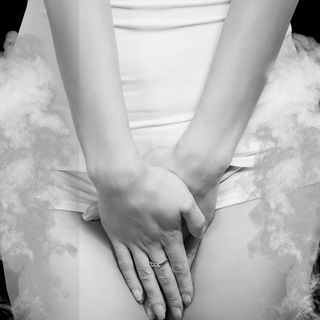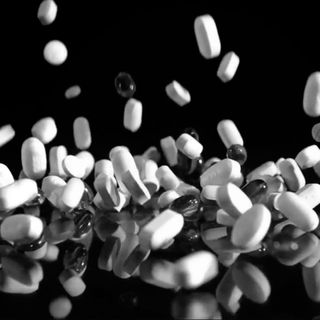How long does a normal menstrual cycle last? Most people would say definitely 28 days. After all, everyone, from mothers to teachers who conducted sex education lessons to biology textbooks to gynecologists, has been peddling the misinformation that any menstrual cycle lasting more or less than 28 days is abnormal.
But, a new study has busted this myth. Researchers have found that an average cycle actually lasts 29.3 days — not 28 days.
On analyzing more than 600,000 cycles of approximately 125,000 women based out of Sweden, the U.S., and the U.K, researchers from University College London (UCL) found that only 13% of women experienced a menstrual cycle that is 28 days long. 65% of women, on the other hand, experienced cycles that lasted anywhere between 25 and 30 days. Women’s menstrual cycle data was retrieved from a period tracker app called Natural Cycles, which also funded the study.
“Traditionally, studies have concentrated on women who have approximately 28-day cycles. For the first time, our study shows that few women have the textbook 28-day cycle, with some experiencing very short or very long cycles,” professor of reproductive science at UCL and one of the authors of the study, Joyce Harper, PhD, said in a statement on the university’s website.
This conclusion not only confirms the fact that very little has been researched about women’s bodies, but holds implications for those who rely on period tracker apps to conceive and/or to track their fertile phases. Researchers say the common belief is that ovulation takes place on the 14th day of the menstrual cycle; however, they have now found that for different women, the timing of ovulation is different and doesn’t necessarily occur on the 14th day.
Related on The Swaddle:
Your Menstrual Cycle Keeps Changing Throughout Your Lifetime
Therefore, Harper told Quartz, “…it isn’t sufficient to log the data onto a tracking app and follow the estimates on when the ovulation would happen, specifically because it might be on different days of the cycle for every woman. So any standardized breakdown of a cycle is bound to be misleading to those who are either seeking, or avoiding, a pregnancy.”
The study mentions that the average length of the follicular phase — during which follicles in the ovary mature ultimately leading to ovulation — was calculated to be 16.9 days. However, cycle length has an impact on the length of the follicular phase. For instance, women who have a long cycle, say between 31 and 35 days, recorded an average follicular phase of 19.5 days, while those with shorter cycles (21 to 24 days) have a follicular phase that lasted only 12.4 days. Those whose cycles were extremely long (36 to 50 days) or with shorter ones (15 to 20 days) also showed different lengths in their follicular phases — 26.8 days for the former and 10.4 for the latter.
This could mean that, “apps giving predictions of fertile days based solely on cycle dates could completely miss the fertile window and it is therefore unsurprising that several studies have shown that calendar apps are not accurate in identifying the fertile window,” said co-author and head of medical affairs at Natural Cycles, Dr. Simon Rowland, in the statement. (It’s worth noting that Natural Cycles has been questionable itself — in identifying less-fertile windows, with reports of unexpected, accidental pregnancies by users.)
Harper added in the statement, “[Since] we also demonstrate that ovulation does not occur consistently on Day 14, it is important that women who wish to plan a pregnancy are having intercourse on their fertile days. In order to identify the fertile period, it is important to track other measures such as basal body temperature as cycle dates alone are not informative.”




